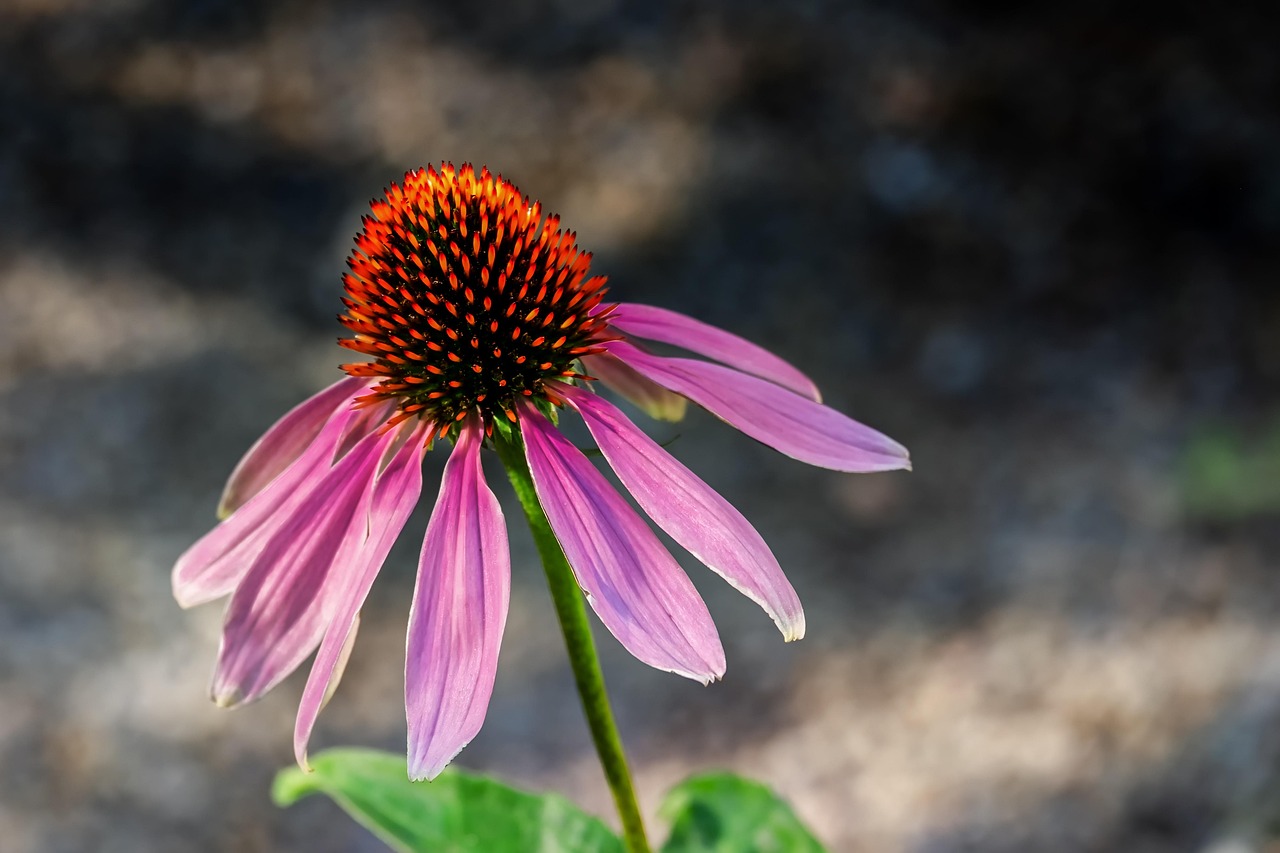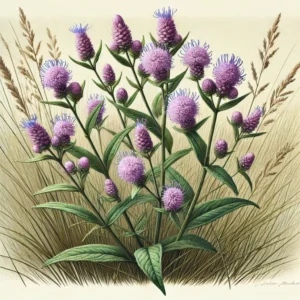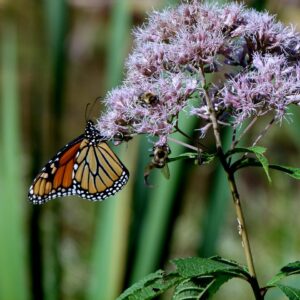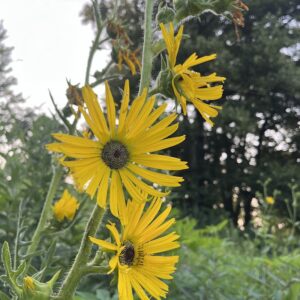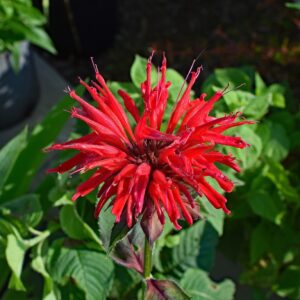Pale Purple Coneflower (Echinacea pallida) – A Graceful Native Wildflower
Pale Purple Coneflower is a perennial wildflower native to prairies and open woodlands in North America. It is closely related to the well-known Purple Coneflower (Echinacea purpurea), but it has narrower, drooping petals and a more delicate appearance. This hardy, drought-tolerant plant is a favorite among butterflies, bees, and hummingbirds, making it a valuable addition to pollinator gardens.
Flowers: Soft lavender to pale pink petals that droop gracefully downward, unlike the more upright petals of Purple Coneflower. Large, spiky orange-brown central cone, filled with nectar and pollen. Blooms from late spring to mid-summer, often reblooming in late summer.
Height & Spread: Grows 2 to 4 feet tall, with a slender, upright form. Spreads 1 to 2 feet wide but does not form dense clumps.
Leaves: Long, narrow, lance-shaped leaves with a rough, hairy texture. Deep green and arranged alternately along the stem.
Stem & Growth Habit: Tall, unbranched stems, slightly hairy. Forms small clusters but does not spread aggressively.
Roots: Deep taproot, making it highly drought-tolerant but difficult to transplant once mature.
Habitat & Range: Found in tallgrass prairies, open woodlands, savannas, and roadsides. Prefers well-drained, sandy, or rocky soils and thrives in full sun. Native to central and eastern North America.
Pollinators & Wildlife: Attracts bees, butterflies, and hummingbirds, serving as a key nectar source. Goldfinches and other songbirds eat the dried seed heads in fall and winter. Deer and rabbits tend to avoid it due to its tough, hairy leaves.
Difference from Purple Coneflower: Pale Purple Coneflower has narrow, drooping petals and thrives in drier, sandy soils. Purple Coneflower (Echinacea purpurea) has broader, more upright petals and prefers moist, loamy soils.
Medicinal Uses: Historically used by Native American tribes for immune-boosting herbal remedies. Roots contain compounds with antibacterial and anti-inflammatory properties.
Tough Prairie Survivor: Thrives in poor, dry soils where other plants struggle. Highly drought-resistant due to its deep taproot.
Growing Pale Purple Coneflower: Best for prairie restorations, pollinator gardens, and naturalized landscapes. Thrives in full sun and well-drained, sandy, or rocky soils. Drought-tolerant, needing little to no watering once established. Self-seeds moderately but does not spread aggressively. Resistant to deer, rabbits, and most plant diseases.

